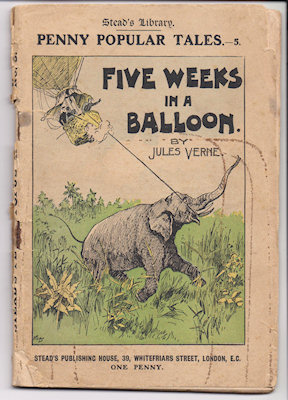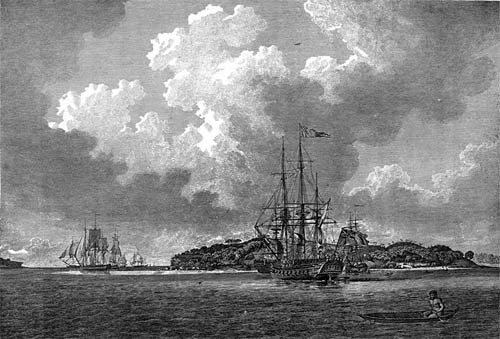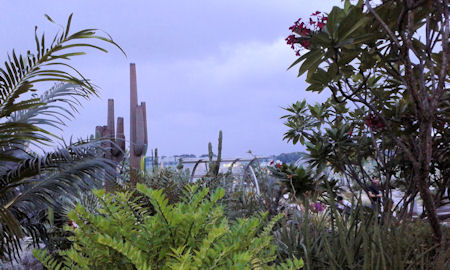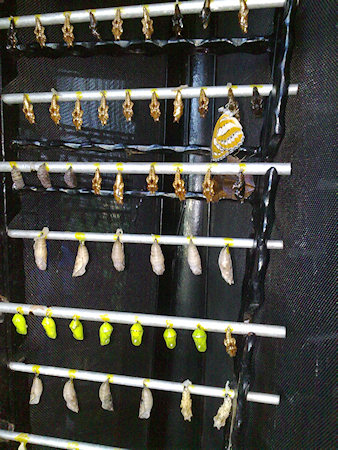
This week, I travelled half way around the planet in 22 hours. Well – 22 hours in the air plus quite a few more hours hanging around airports. But when you say 22 hours, it seems so impressive. Move over Jules Verne and your 80 days. Verne wrote a lot about travel in exotic places, and I do like an adventure story.
Travel has always been tough – but there’s tough then and tough now…
Which brings me inexorably to butterflies. But first…
I’ve done the journey from London to Australia and back three times this year (oh – the jet lag!) and that got me to thinking about the journey my father made.
My dad was a ten pound pom. That’s what they called the migrants who came to Australia from the UK after WW2, as assisted migrants. Their fare was subsidised – and they paid just £10. Australia was desperate to increase its population for a combination of reasons including economic growth and security. “Populate or Perish” was the catch cry.

He made his journey in a ship. It took about a month – and he never returned. Not even for a holiday.
He was just one of hundreds of thousands who made the journey, often on converted troop ships. I think it’s fair to say it wasn’t luxurious.
He never talked that much about the journey, but I’ve read other accounts of the trip – everything from horror stories of overcrowding, filth and illness to cheerful accounts of exciting and pleasant adventure. Maybe that was the difference between first class and everyone else.
The first migrants from Europe to arrive in Australia came in sailing ships. The voyage of the First Fleet in 1788 took 109 days. As many of those on board those ships were convicts, it must have been a pretty tough three and a half months – with no real idea of what was waiting for them when they got there.
I guess it’s always been the case that the same journey looks very different when seen from a different seat.

I’m sure the people sitting in the front of my planes – or even upstairs – had better journeys than I did. But I did OK. The food was edible. The in-seat entertainment had a vast number of films to occupy me. And while it’s not easy to sleep in one of those seats, I did manage to take a nap. All in all, a far better experience than 200 years ago.
You can do the whole journey in one flight these days – but I like to break it. I find a couple of hours to stretch my legs is a good thing. This year I’ve broken the journey in Abu Dhabi, Dubai, Hong Kong and Singapore.
Which is where the butterflies come in.
Singapore’s Changi Airport is massive and modern. Each terminal has a special place to go to break the journey. This time, I was in T3 – which has, of all things, a cactus garden. It’s outdoors and I had a short time there, ducking back inside as a tropical storm hit, with massive drops of rain.


I didn’t get there this time, but one of the other terminals boasts one of the nicest places I have ever been in mid-trip. The butterfly garden. The airport claims the butterfly garden has about 1,000 inhabitants from about 40 species. I’m not sure if that’s true – how do you count butterflies? They were everywhere.

The garden is open to the outside air and it’s a haven of peace and tranquillity. People going there seem content to be quiet. You can walk through it and forget that you have to get back in that giant tin can for another 10 hours.

I don’t know who came up with this idea – but I salute you for continuing the tradition of making travel a little less difficult.

